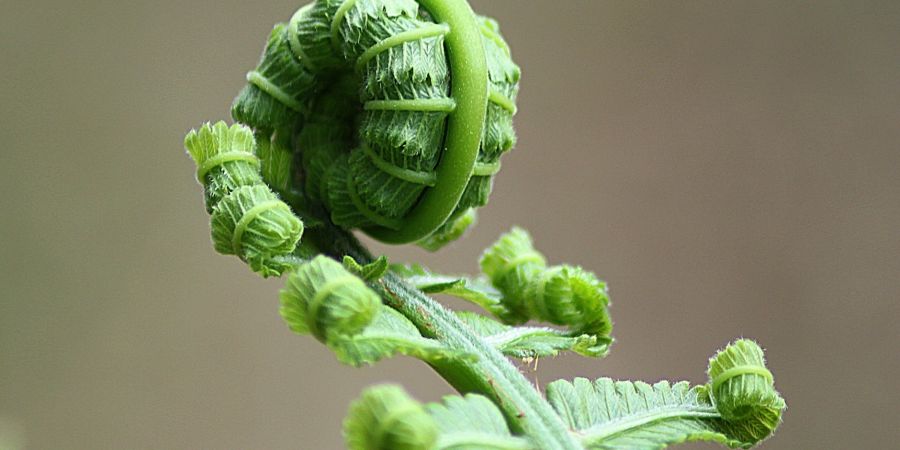

Good morning to everyone this is Shivangi on this app,for the first time. hope you had a good day today, mine was also good it's saturday today the weekend so I decided to write a blog which is my first blog I don't know the topic yet but I think I will write something about my study related topics of my graduation .
I will write about the pteridophytes which is a topic/subject in our course.
First let us know about the whole plant Kingdom with his divided in two parts first one is and another one is cryptogames there are three types number one number two bryophyta and number 3 thallophyta and in phanerogames there two types that includes and angiosperms and gymnosperms are the flowering plants or called the vascular plants, the higher plants while the cryptogames are the smaller level plants. they don't have specialised vascular bundles and they do not produce flowers or seeds. So so basically cryptogames are called seedless plants.
Pteridophyta is a group of higher cryptogames having a well developed vascular system due to this these plants are called vascular cryptogams. the name Pteridophyta was originally assigned by the presence of pinnate or feather like leaves. the name pteridophyta was first introduced by Haeckel in year 1866. in the plant Kingdom ,these occupy position in between bryophytes and gymnosperms and they have similarities with the bryophytes on one hand for examples or water or moisture needed for fertilization presence of alternation of generation formation of sports they have sporopitic plant body which is differentiated into root stamp and leaf next stage presence of vascular tissues for conduction independent nature of sporophyte.
Due to great range of variation the pteridophyta consist for important characteristic features given by Verdoom in 1938.
1. antithetic alternation of generation in which one is small and lowly organised haploid and a large and highly organised deployed sporophyte
2. Reproductive organs occur in the gametophyte .
3. A stem with apical growth in the sporophyte
4. The sporangia developed in the sporophyte
There are several examples of this group of plant Kingdom such as Selaginella, Lycopodium,Equisetum and many Fossil plant such as Rhynia ,Hornea,etc .
Talking about their occurrence most of the living members are terrestrial and prefer to grow in cool and shady places while some are xerophytic and other members are aquatic . Their plant body shows great variations in form ,size and structure their body is differentiated into root,stem and leaves , except a few woody tree ferns,they are herbaceous, they have Rhizopore, which is an intermediate stage between root and stem . The roots are generally adventitious. Primary roots are ephemeral- that means they have a short time of presence.
That is for now thank you for reading this. Would love your support.




















